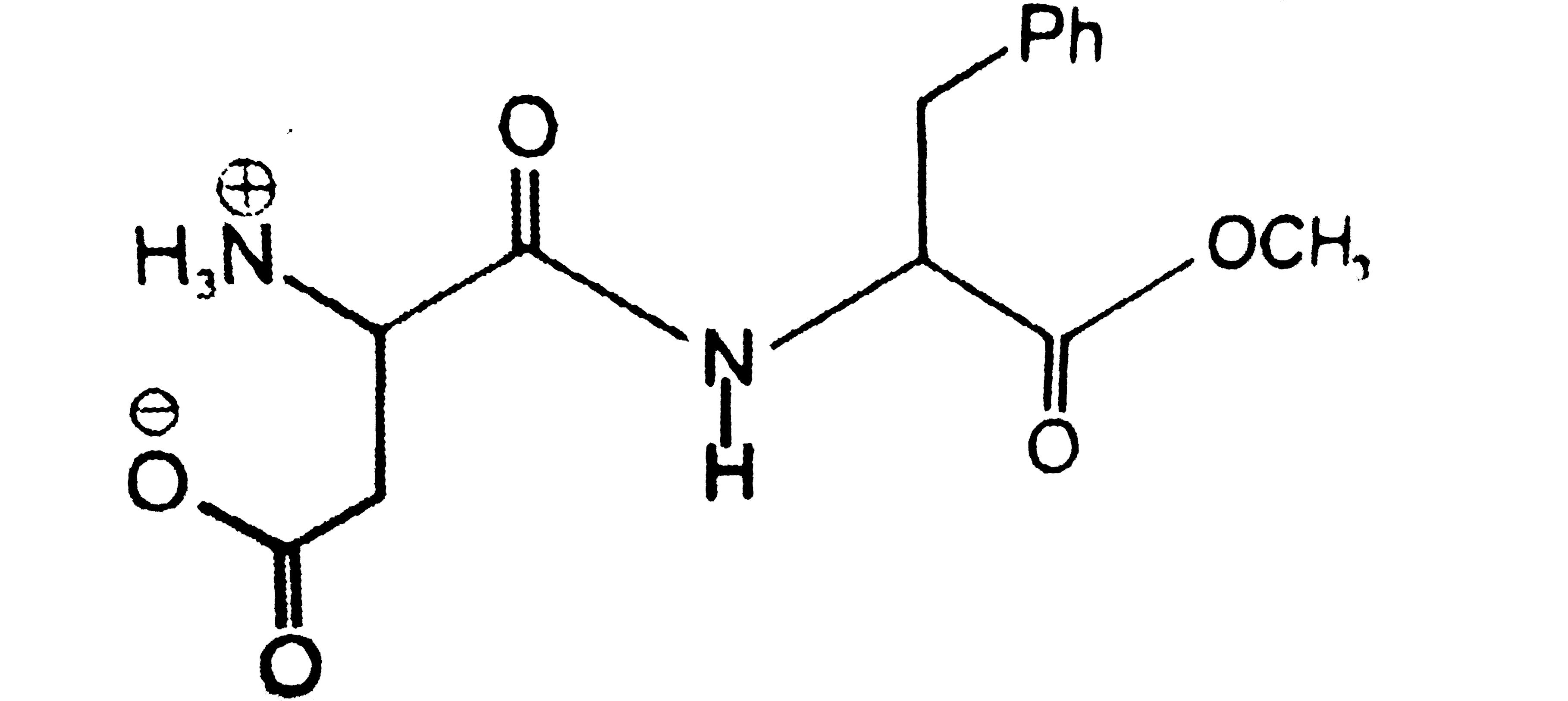The commonly used artificial sweetener is
Acesulfame K
Cyclamate
Aspartame
Saccharin.
The correct Answer is:C
Step-by-Step Solution:
1. Understanding Artificial Sweeteners: Begin by defining what artificial sweeteners are. They are sugar substitutes that are used as food additives to replicate the sweetness of sugar without the same caloric content.
2. Characteristics of Artificial Sweeteners: Note that artificial sweeteners typically have less food energy compared to regular sugar. This makes them appealing for those looking to reduce calorie intake.
3. Identifying Common Artificial Sweeteners: Review the options provided in the question. Common artificial sweeteners include aspartame, saccharin, sucralose, and others.
4. Researching Aspartame: Recognize that aspartame is one of the most widely used artificial sweeteners. It was discovered by James M. Schlatter in 1965 and is commonly used in various food products, especially in desserts.
5. Usage Limitations: Acknowledge that while aspartame is a popular sweetener, it is not suitable for baking because it breaks down at high temperatures into its constituent amino acids.
6. Conclusion: Based on the information gathered, conclude that the commonly used artificial sweetener among the options provided is aspartame.
Final Answer:
The commonly used artificial sweetener is aspartame.
---
The commonly used artificial sweetener is aspartame.
Topper's Solved these Questions
- MOLECULES OF THE CELLBOOK - DINESH PUBLICATION ENGLISHCHAPTER - MOLECULES OF THE CELLEXERCISE - RQ
649 Videos
- MOLECULES OF THE CELLBOOK - DINESH PUBLICATION ENGLISHCHAPTER - MOLECULES OF THE CELLEXERCISE - CYG
43 Videos
- MICROBES IN HUMAN WELFAREBOOK - DINESH PUBLICATION ENGLISHCHAPTER - MICROBES IN HUMAN WELFAREEXERCISE - Brain Teasers-VIII
60 Videos
- MOLLUSCABOOK - DINESH PUBLICATION ENGLISHCHAPTER - MOLLUSCAEXERCISE - CYG
10 Videos
Similar Questions
Knowledge Check
Aspartame is one of the good artificial sweeteners whose use is limited to cold foods and soft drinks because :
Ait has very low boiling pointBit gets dissociated at cooking temperatureCit is sweetener at low temperature onlyDit is insoluble at higher temperaturesAssertion : Chemicals added to foods for increasing their shelf life are called preservatives.
Reason : Natural sweetners like sucrose and artificial sweetners like saccharin are commonly used as food preservatives.AIf both assertion and reason are true and reason is the correct explanation of assertion .BIf both assertion and reason are true but reason is not the correct explanation of assertion .CIf assertion is true but reason is false.DIf both assertion and reason are false.
Which of the following artificial sweeteners is sweetest?
View Solution(i) What type of drug is used in sleeping pills?
(ii) What type of detergents are used in toothpastes?
(iii) Why the use of alitame as artificial sweetener is not recommended?
View SolutionAccount for the following:
Diabetic patients are advised to take artificial sweeteners instead of natural sweeteners.
View SolutionThe total number of chiral centres present in the artificial sweetener Aspartam are

View SolutionGive reasons for the following :
(i) Use of aspartame as an artificial sweetener is limited to cold foods.
(ii) Metal hydroxides are better alternatives than sodiumk hydrogen carbonate for treatment of acidity.
(iii) Aspirin is used in prevention of heart attacks.
View SolutionAnkit's grandfather is not only obses but he is also a diabetic patient. Seeing this fondness for sweets, Ankit suggested him to replace sugar with artificial sweeteners. After frw days, Ankit observed a controlled leavel of sugar in his grandfather. Answer the following :
(i) What are artificial sweteners ?
(ii) What are articdicial sweetners ?
(iii) Give two examples of artificial sweeteners ?
(iv) Name an artificial sweetnener which is unstable at cooking temperature.
View Solution
